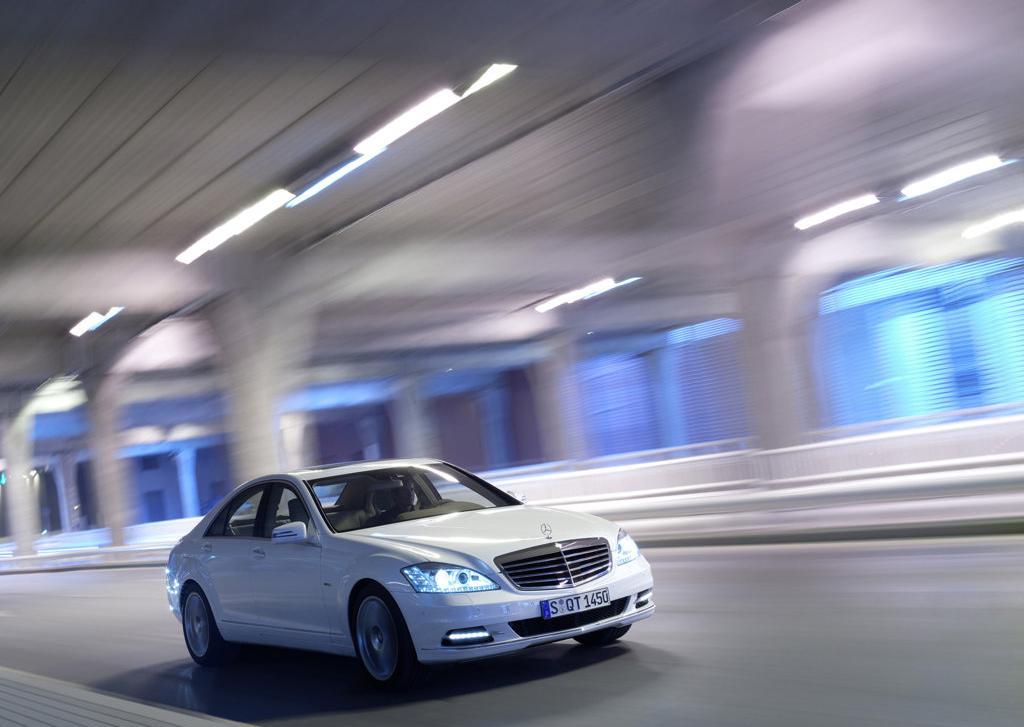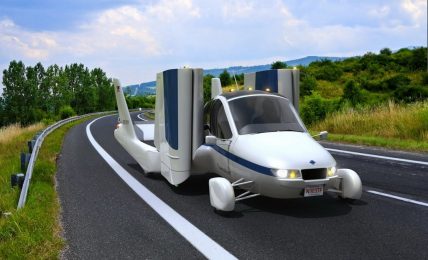Top 10 global automakers have committed to implement AEB on its vehicles and working with the US transport department to implement the system and also decide a timeline to mandate the same.

We all know that safety and pollution reducing elements have become an integral part of vehicles. USA and Europe are one of the foremost markets where the same are implemented effectively; setting up a benchmark for the rest of the world. Raising the bar of safety standards, the US Department of Transportation’s (DOT) wing National Highway Traffic Safety Administration (NHTSA) and the Insurance Institute for Highway Safety (IIHS) announced that ten major vehicle manufacturers have committed to making Automatic Emergency Braking (AEB) a standard feature on all new vehicles built.
Automatic Emergency Braking system is designed to address the large number of crashes, especially rear-end ones wherein drivers do not apply the brakes or fail to apply sufficient braking power to avoid or mitigate a crash. AEB systems use on-vehicle sensors such as radars, cameras or lasers to detect an imminent crash, warn the driver and, if the driver does not take sufficient action, engage the brakes automatically. For example, if the driver falls asleep while driving or does not pay attention on the road.
The US Transportation secretary Anthony Foxx stated “We are entering a new era of vehicle safety, focused on preventing crashes from ever occurring rather than just protecting occupants when crashes happen. But if technologies such as automatic emergency braking are only available as options or only on the most expensive models, few Americans will see the benefits of this new era. These 10 companies are committing to making AEB available to all new-car buyers.”
The 10 companies in question include Audi, BMW, Ford, General Motors, Mazda, Mercedes-Benz, Tesla, Toyota, Volkswagen and Volvo (with a cumulative market share of 57% in light-duty vehicle). The companies will work with IIHS and NHTSA in the coming months on the details of implementing AEB on vehicles and also including the timeline for making it a standard feature. The DOT and IIHS is also encouraging other light-vehicle and trucking manufacturers to bring automated vehicle technology to all vehicles on US roadways as soon as possible.
The evidence is mounting that AEB is making a difference. Most crashes involve driver error and this technology can compensate for the mistakes every driver makes because the systems are always on alert, monitoring the road ahead and never getting tired or distracted, states IIHS President Adrian Lund. Several studies have claimed that AEB technology can reduce insurance injury claims by as much as 35 percent. Earlier this year in January, NHTSA announced its proposal to add automatic emergency braking to the list of recommended advanced safety features included in its New Car Assessment Program (NCAP).

Catch All The Latest Videos, Subscribe To




